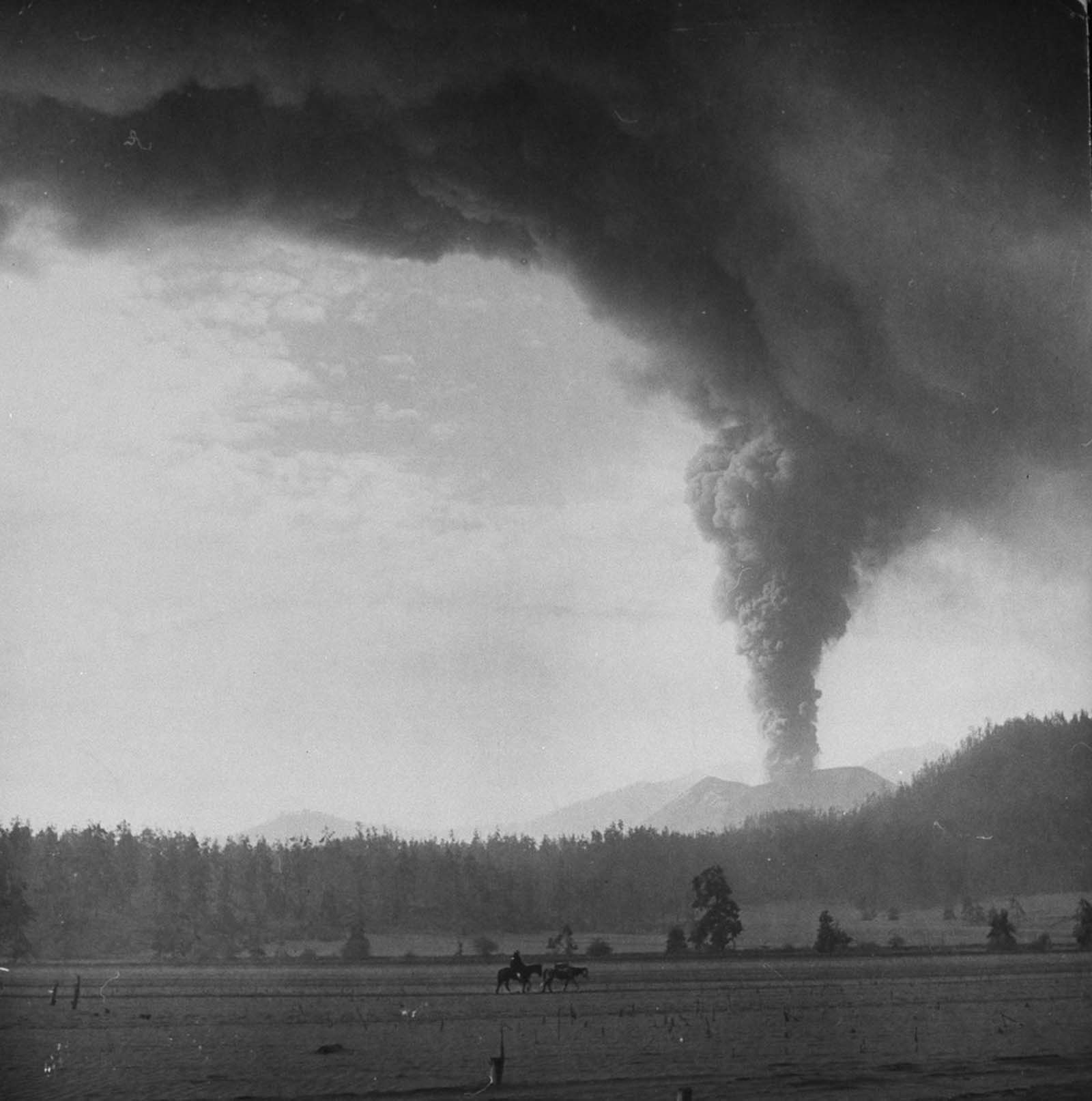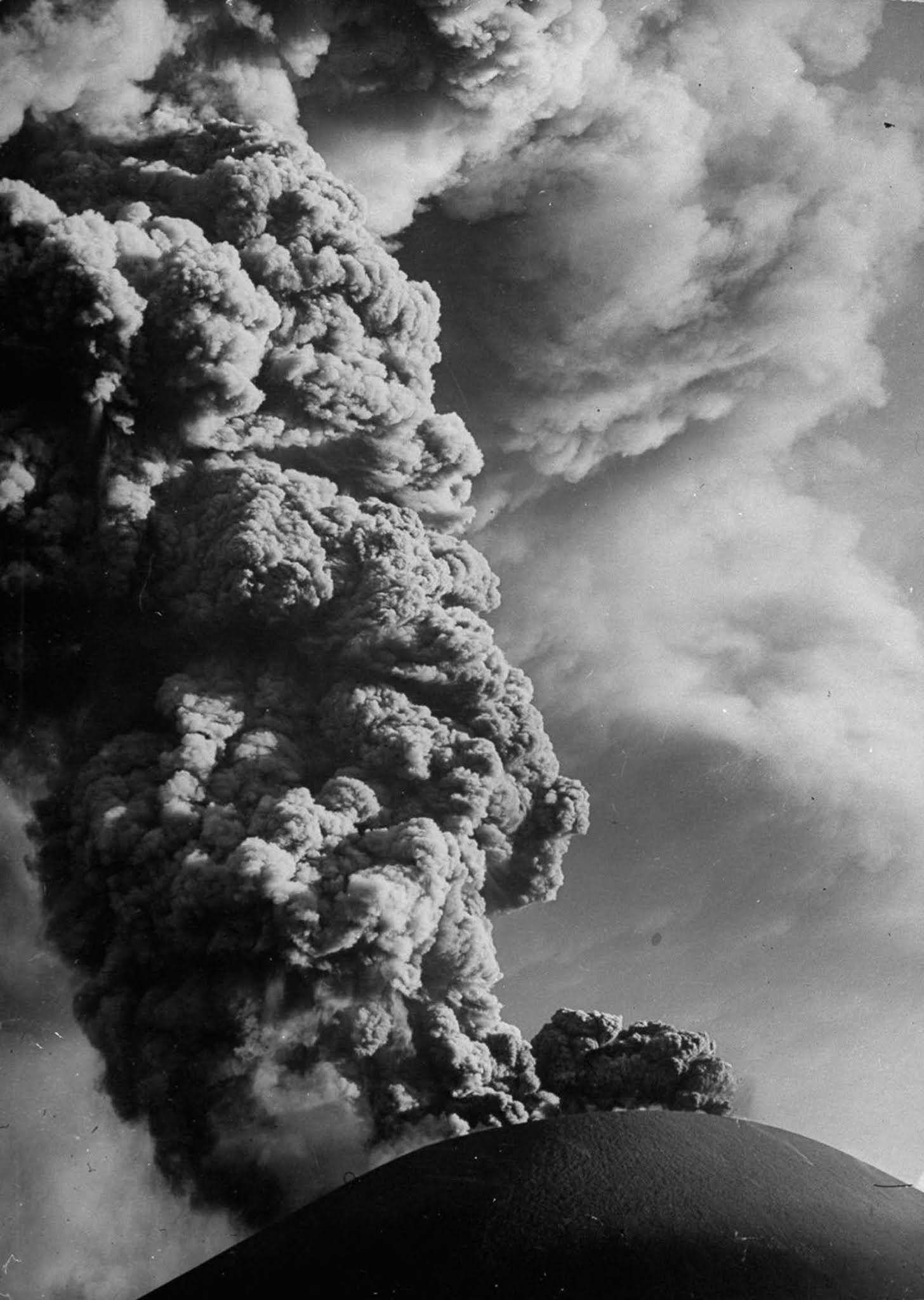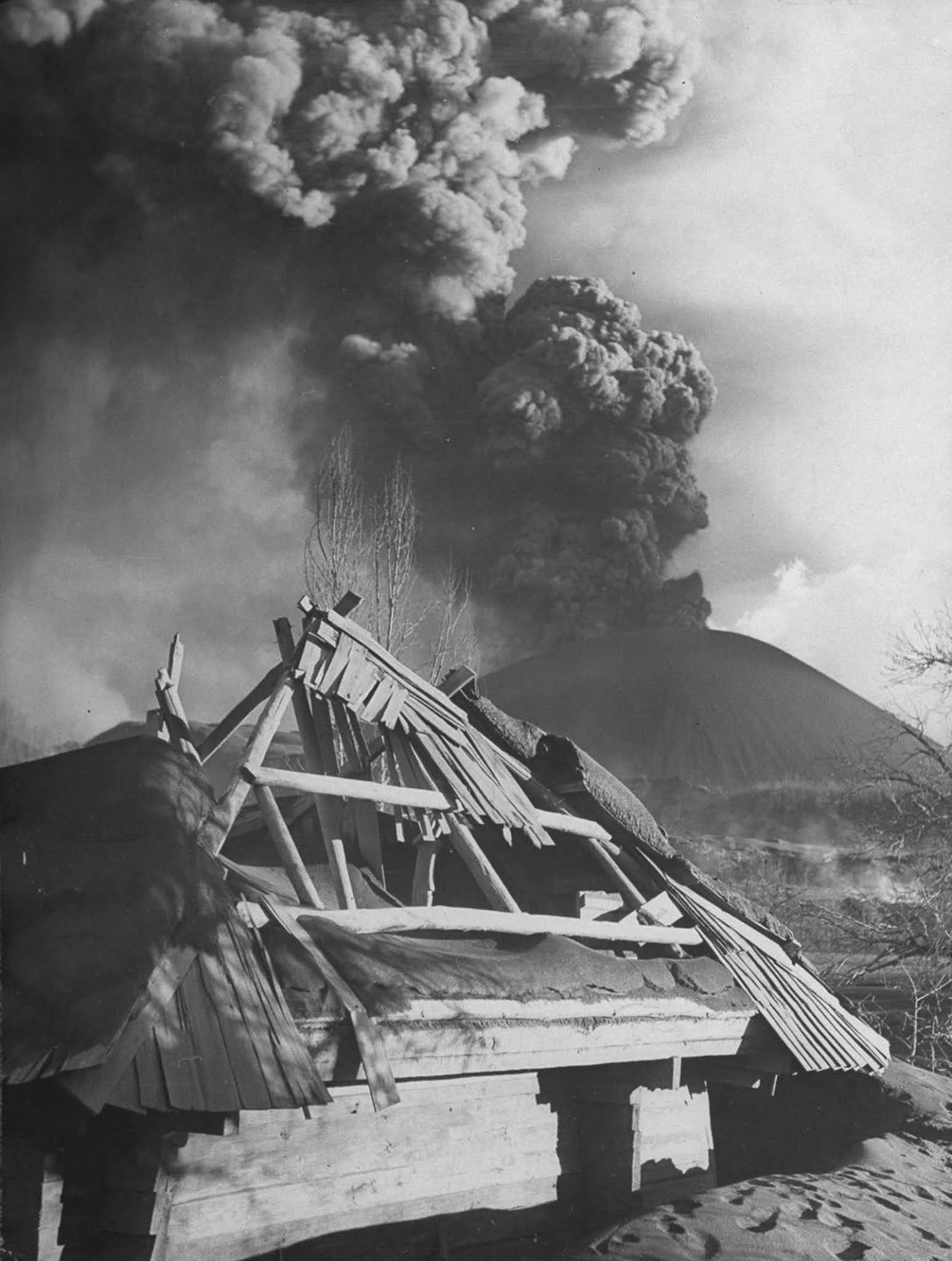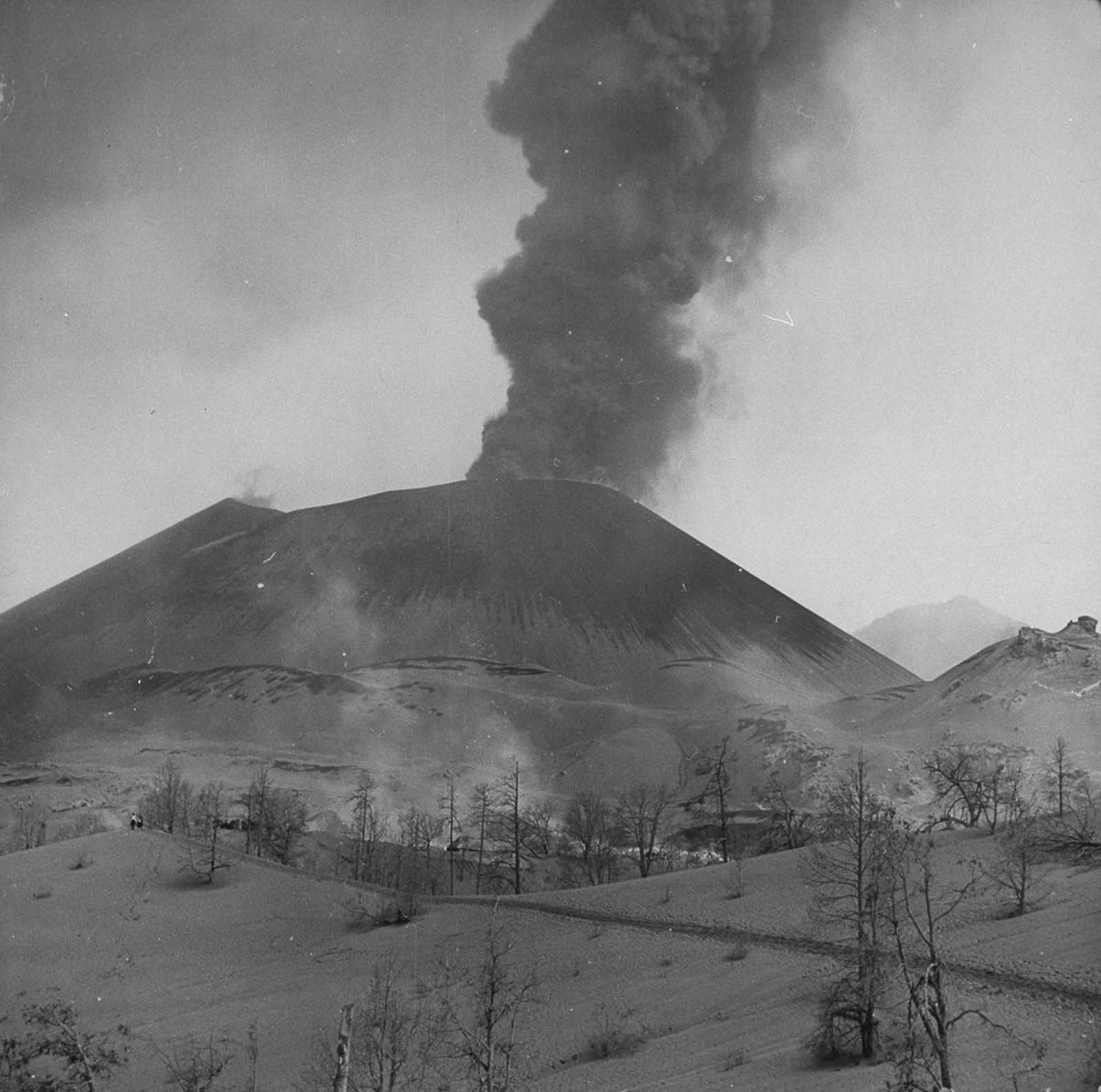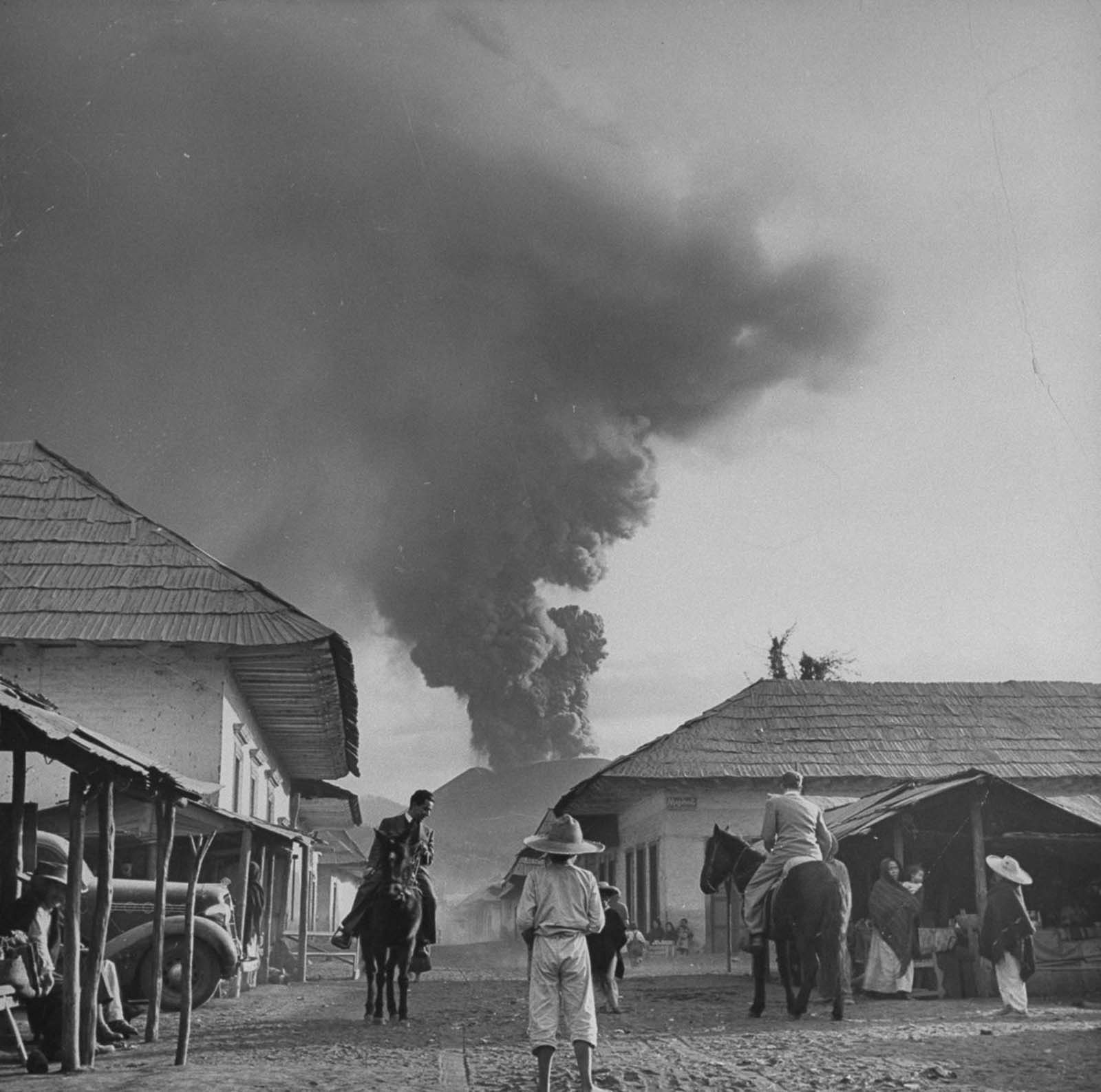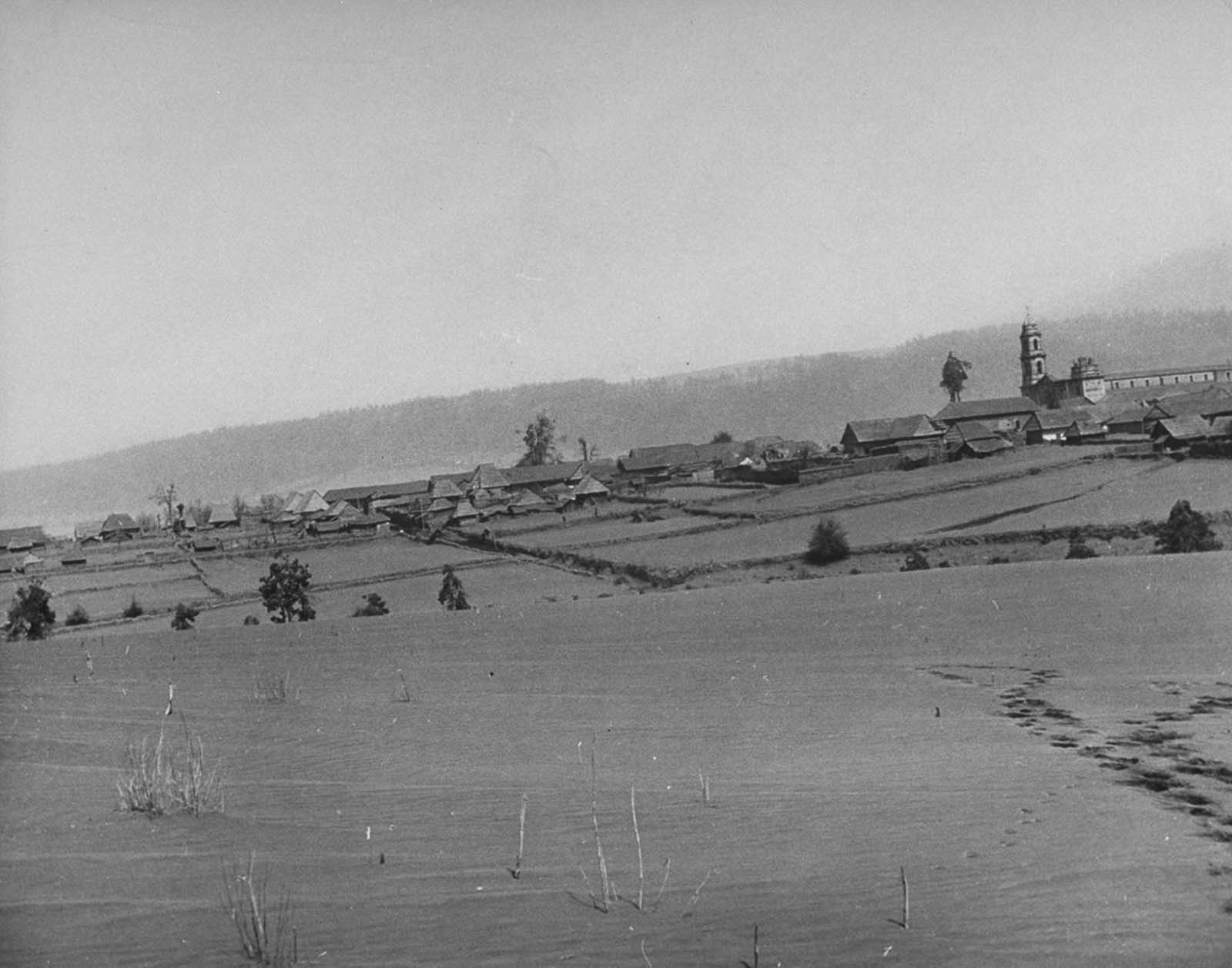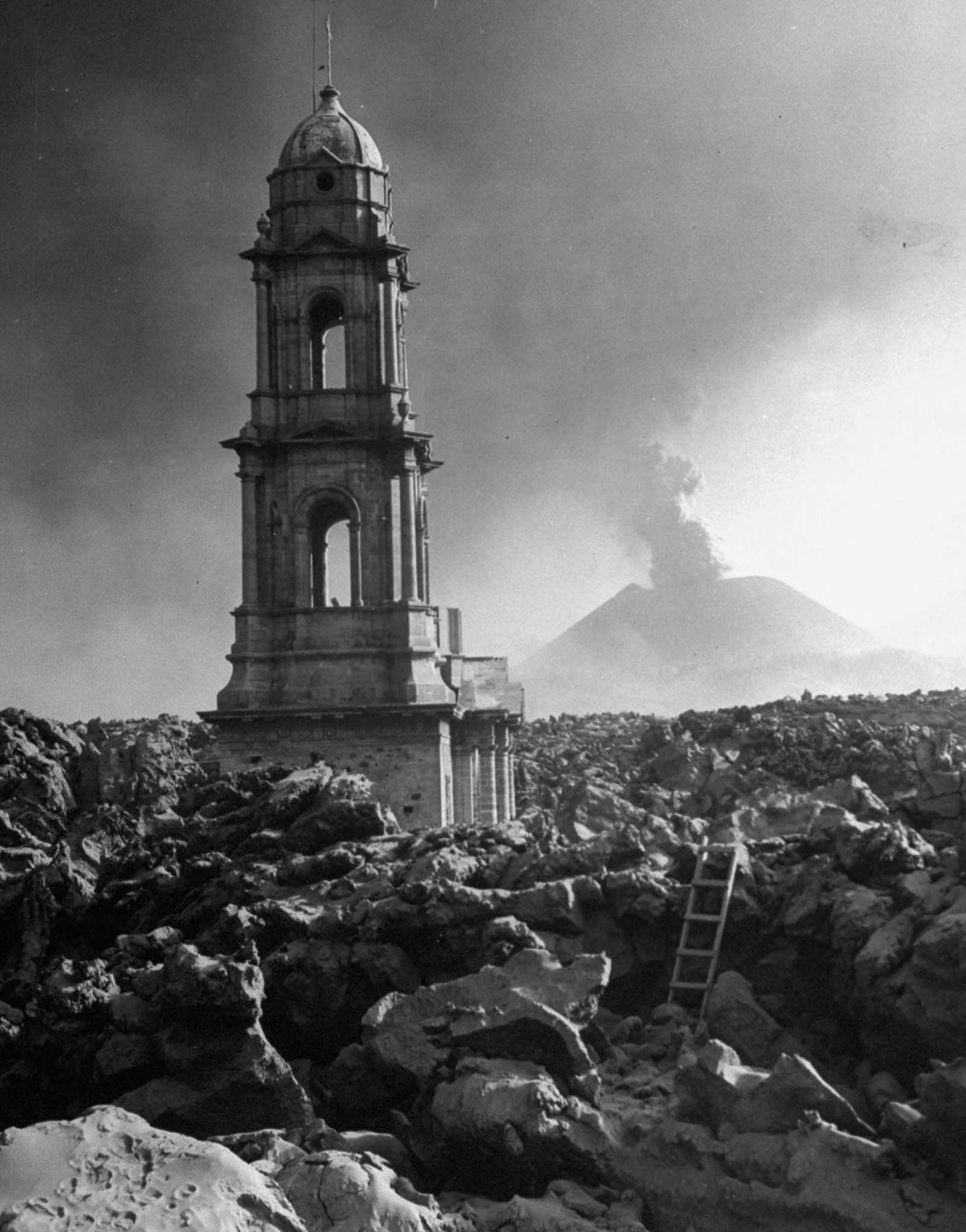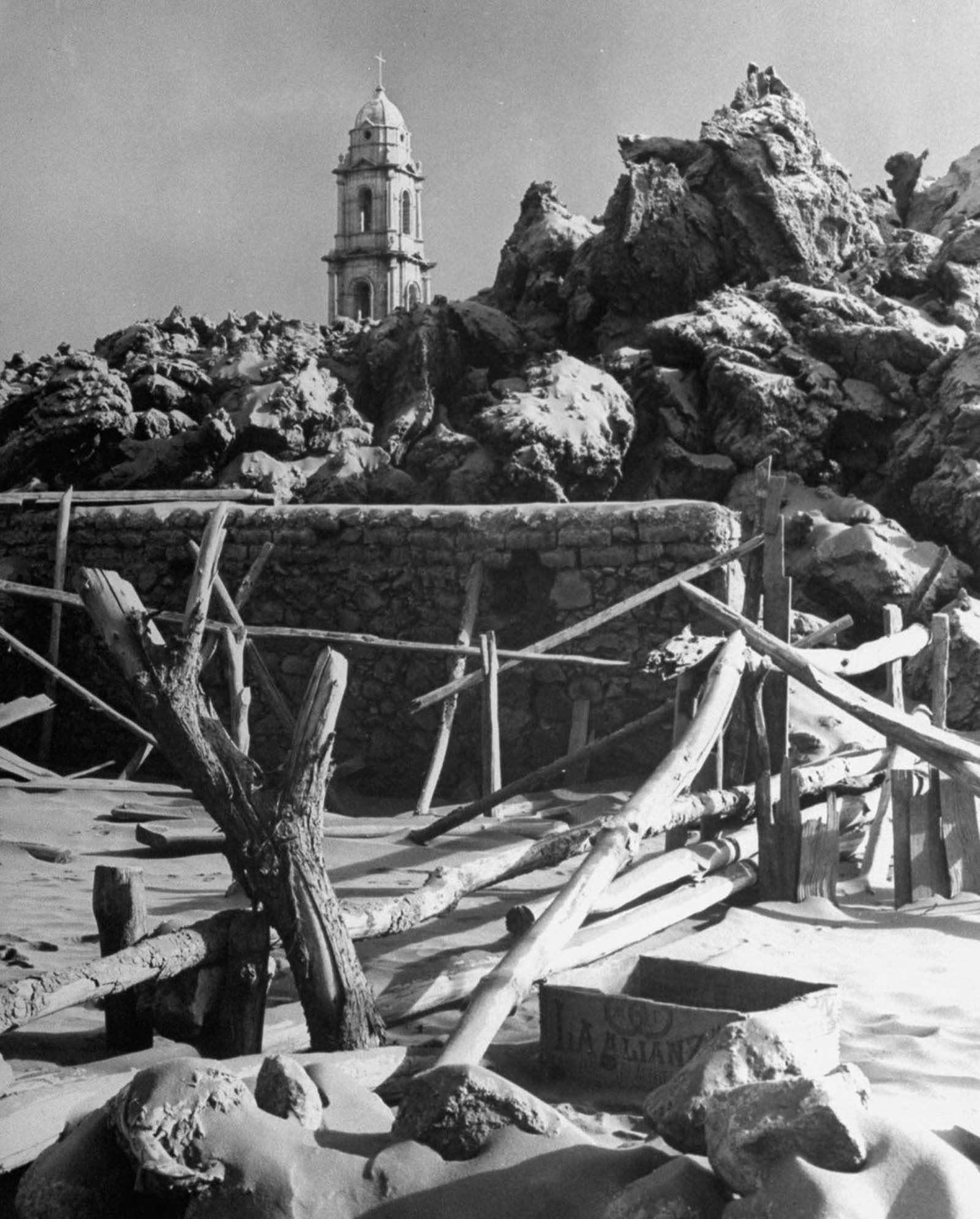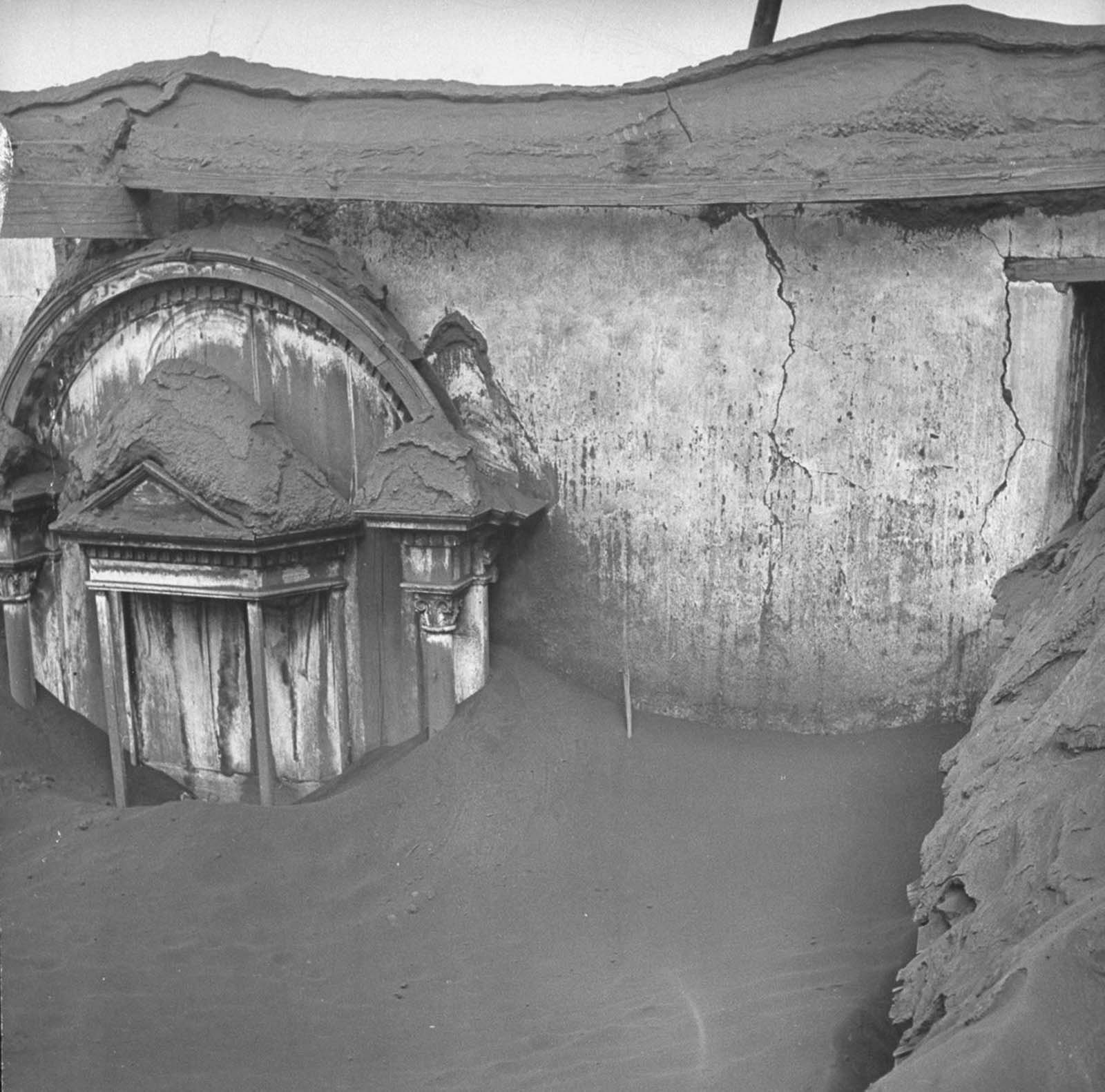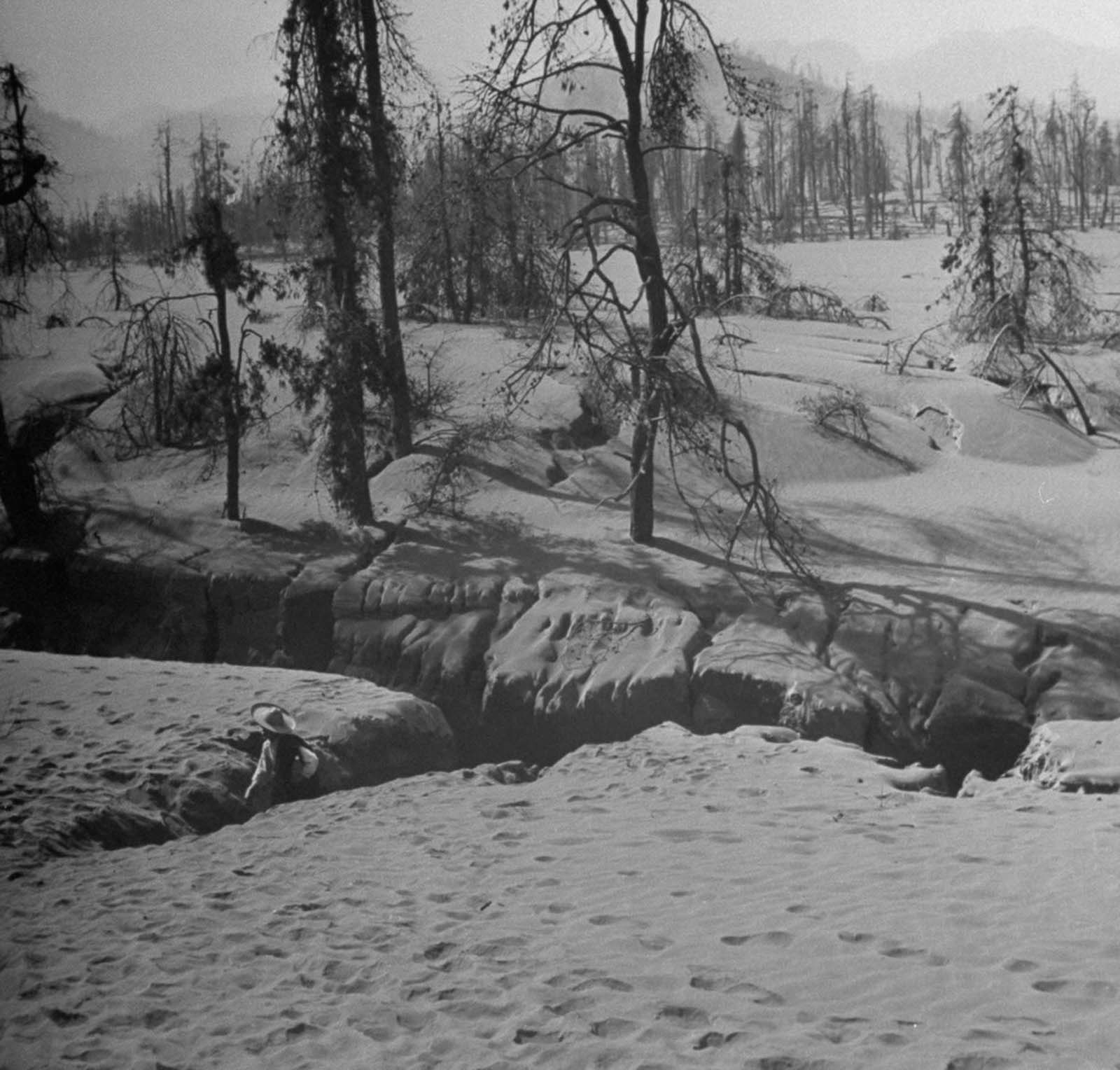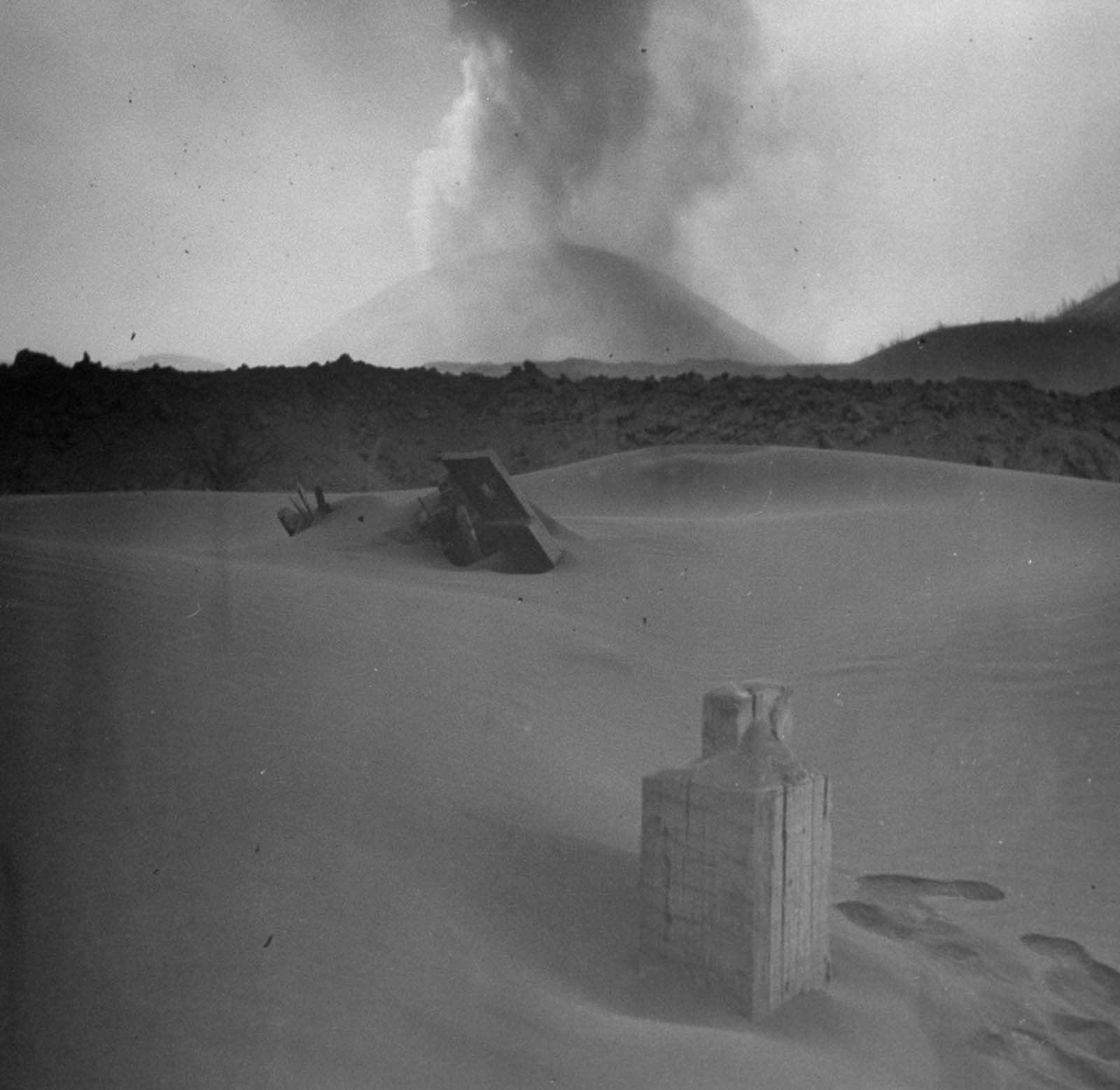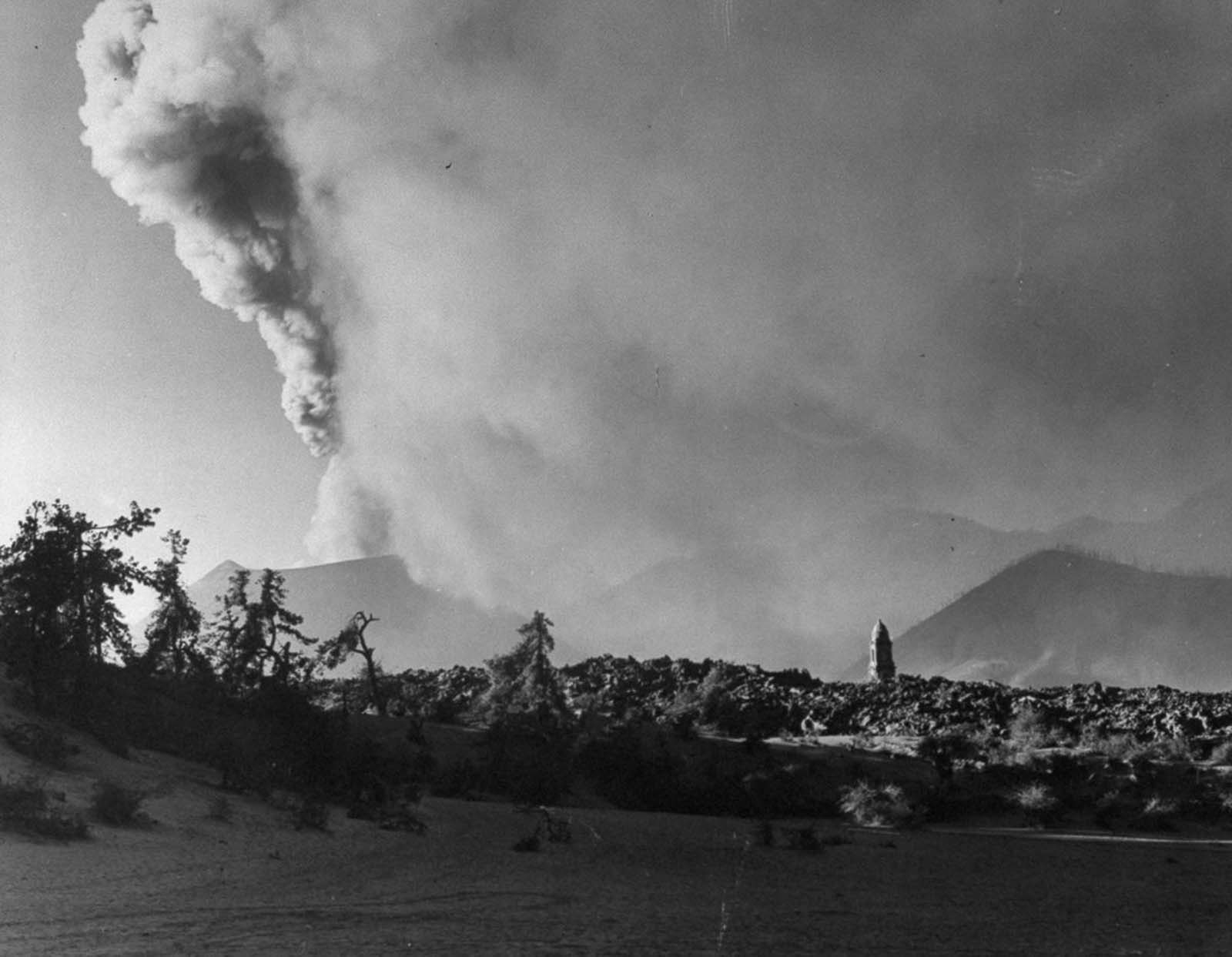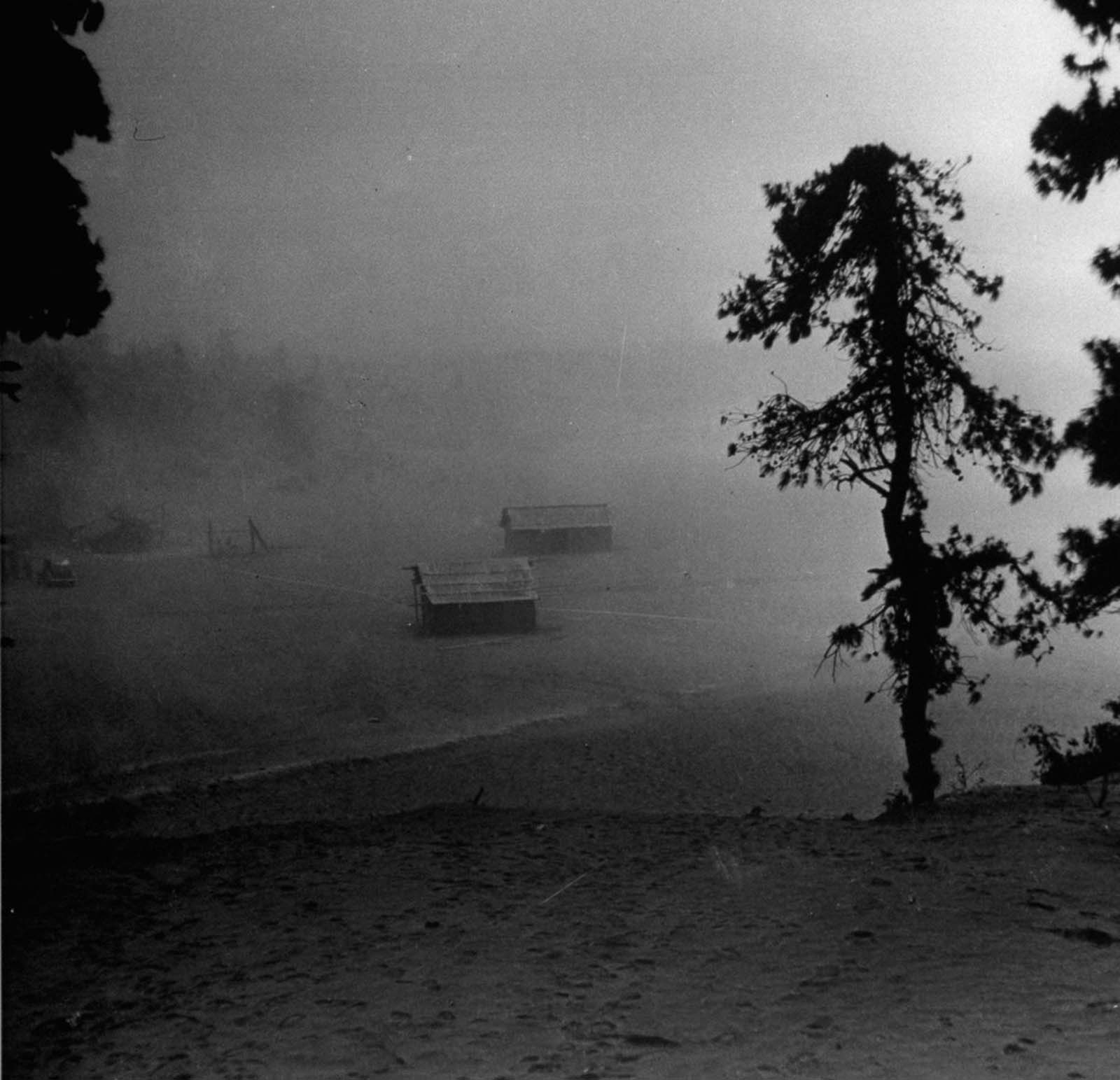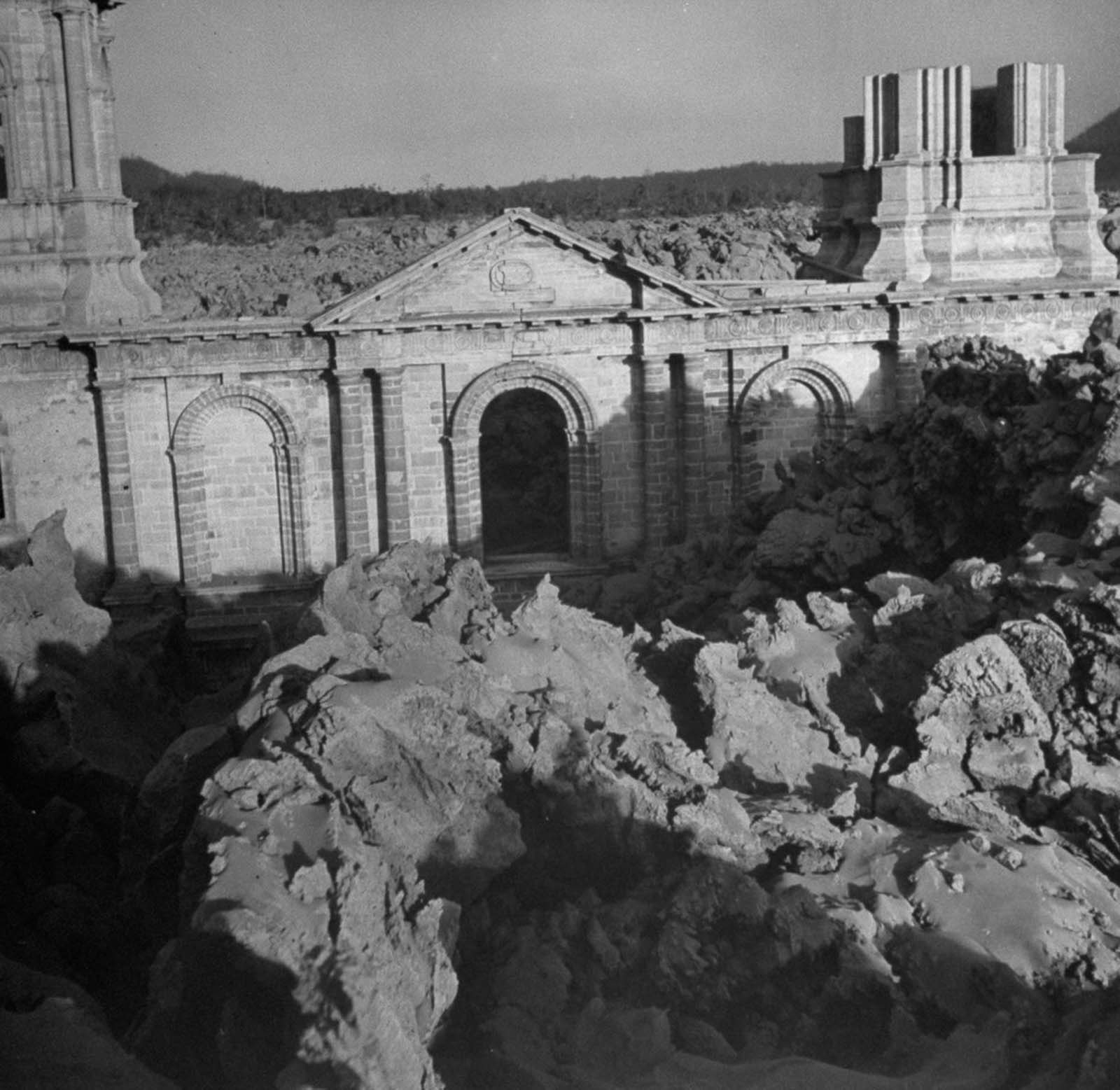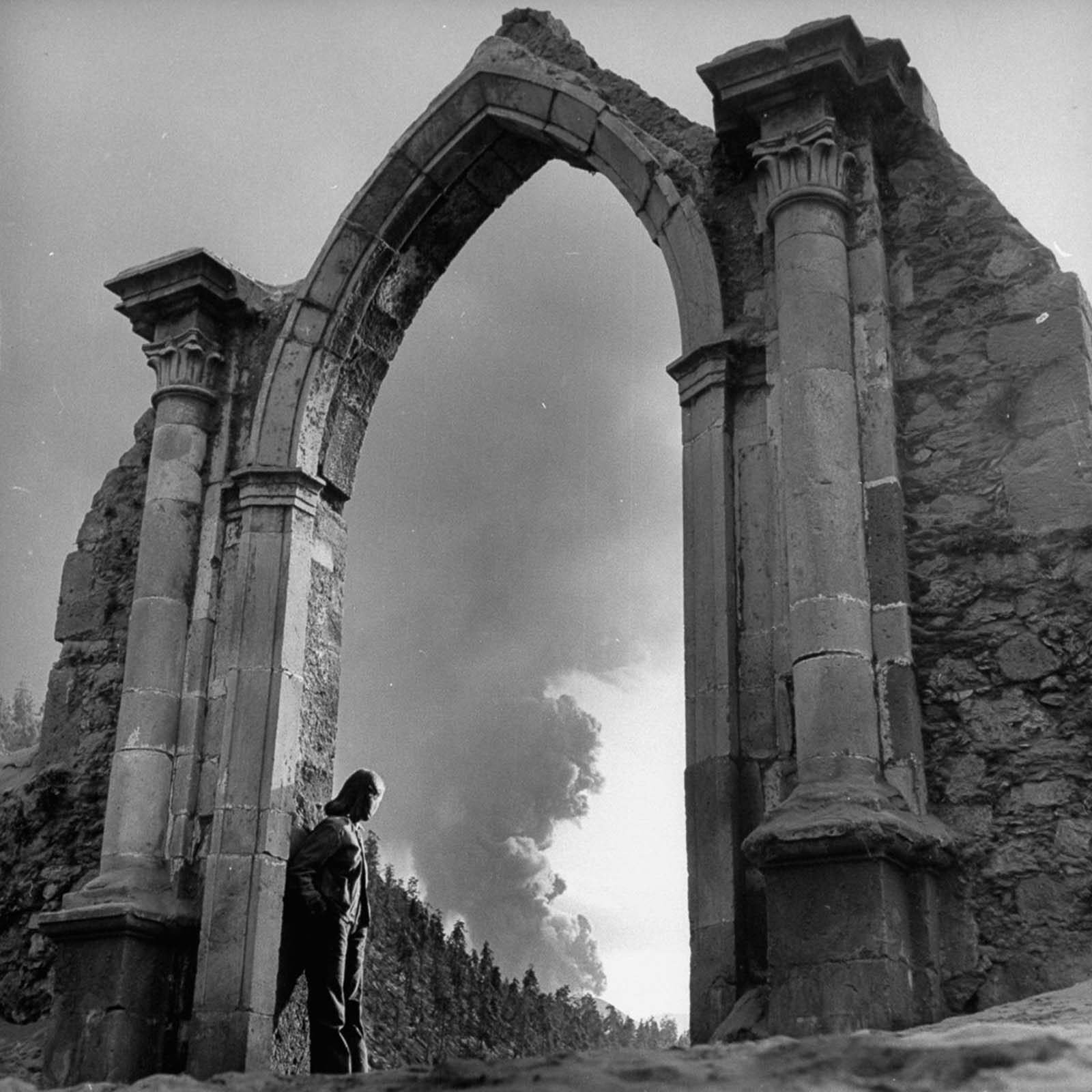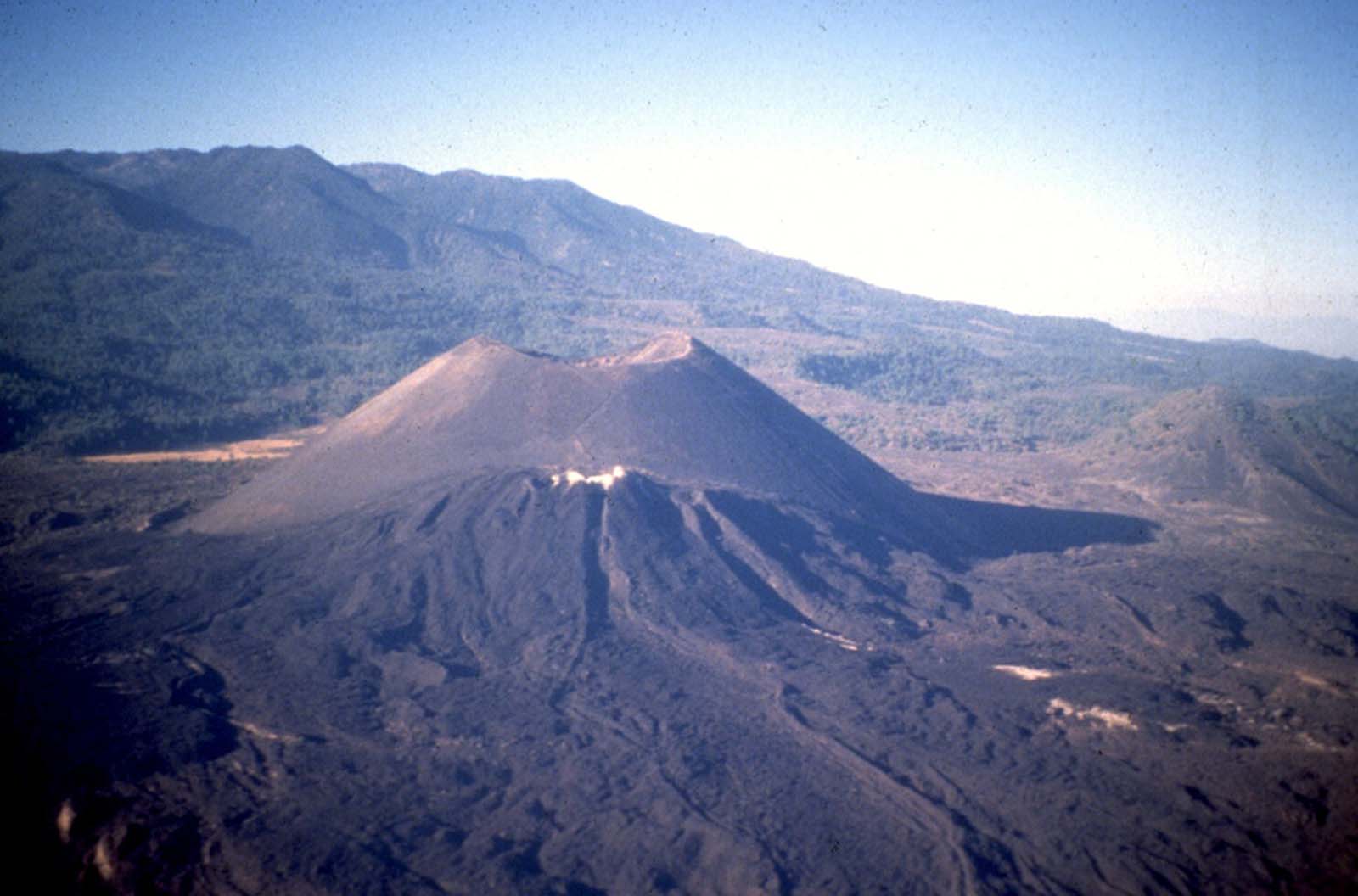Deriving its name the Purepecha or Tarascan language, which means “to the other side,” the birth of this volcano in the twenties century revealed the amazon secrets of the deep Earth. Parícutin volcano was born on a Mexican cornfield owned by Dionisio Pulido, a farmer who saw vapor emanating from a hollow and shortly afterwards, witnessed the beginning of a unique event of a volcano being created. The first morphological feature associated with the birth of Parícutin volcano was perhaps the formation of a small depression around a preexisting pit of 5 meters (16 feet) diameter and 1.5 meters (5 feet) depth in Dionisio Pulido’s cornfield in August 1942. Fifteen days before the actual birth of the volcano on 20 February 1943, high seismic activity, subterranean noise, and tremors were registered in the Sun Juan Parangaricutiro area. The eruption began on February 20, 1943, at about 4:00 PM local time and Dionisio Pulido and his family were the first witnesses. During that day, he and his family had been working their land, clearing it to prepare for spring planting. Suddenly the ground nearby swelled upward and formed a fissure between 2 and 2.5 meters across. They reported that they heard hissing sounds and smoke that smelled like rotten eggs, indicating the presence of hydrogen sulfide. Within hours, the fissure would develop into a small crater. Pulido reported: At 4 p.m., I left my wife to set fire to a pile of branches when I noticed that a crack, which was situated on one of the knolls of my farm, had opened . . . and I saw that it was a kind of fissure that had a depth of only half a meter. I set about to ignite the branches again when I felt a thunder, the trees trembled, and I turned to speak to Paula; and it was then I saw how, in the hole, the ground swelled and raised itself 2 or 2.5 meters high, and a kind of smoke or fine dust – grey, like ashes – began to rise up in a portion of the crack that I had not previously seen . . . Immediately more smoke began to rise with a hiss or whistle, loud and continuous; and there was a smell of sulfur. He tried to find his family and oxen but they had disappeared; so he rode his horse to the town where he found his family and friends, happy to see him alive. The volcano grew fast and furiously after this. Celedonio Gutierrez, who witnessed the eruption on the first night, reported: …when night began to fall, we heard noises like the surge of the sea, and red flames of fire rose into the darkened sky, some rising 800 meters or more into the air, that burst like golden marigolds, and rain like fireworks fell to the ground.
During the volcano’s nine years of activity, scientists sketched and mapped it and took thousands of samples and photographs. By 1952, the eruption had left a 424-meter-high (1,391 ft) cone and significantly damaged an area of more than 233 square kilometers (90 sq mi) with the ejection of stone, volcanic ash, and lava. Three people were killed, two towns were completely evacuated and buried by lava, and three others were heavily affected. Hundreds of people had to permanently relocate, and two new towns were created to accommodate their migration. Despite the ongoing Second World War, the eruption drew attention from around the world, with reporters from newspapers and magazines including Life coming to cover the story. Actually, the pictures collected here are part of the Life Magazine collection. The volcano has become a tourist attraction, with the main access in Angahuan, from which the volcano is clearly visible. The town offers guides and horses, both to visit the ruins of the San Juan Parangaricutiro Church as well as to climb the volcano itself.
(Photo credit: Ed Clark/ Frank Scherschel / The LIFE Images Collection / Getty Images). Notify me of new posts by email.
Δ Subscribe
